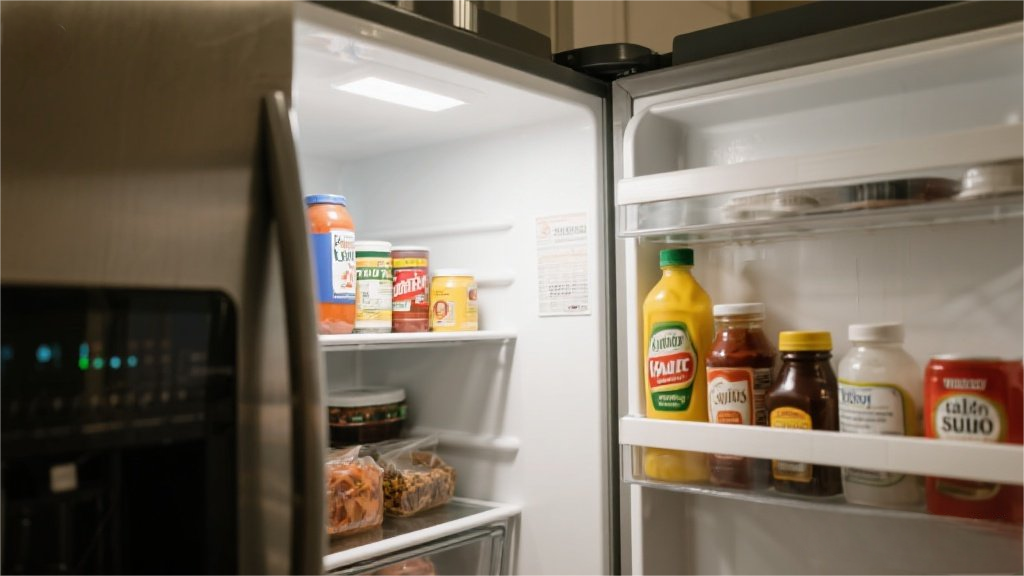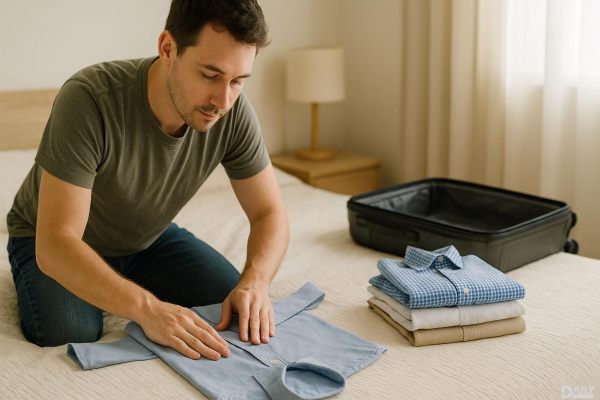Pest control isn’t a one-and-done deal—it’s a mindset. Before you start sealing cracks or setting traps, ask yourself: Why are these critters here? Figure out when they show up, where they’re hanging out, and what’s drawing them in. Maybe it’s that leaky faucet giving ants a water source, or the crumbs under the couch that mice can’t resist.

And dress for the job. You might end up crawling through the attic, peeking into crawl spaces, or brushing cobwebs off the eaves. Sturdy boots, long sleeves, gloves, and a mask (because nobody wants to inhale dust or spider silk) are your best friends here.
Skip the Sprays (Yes, Even the “Natural” Ones)
It’s tempting to grab a can of bug spray and go full Rambo on every creepy-crawly in sight, but hold up. Sprays—even those labeled “eco-friendly”—are often a band-aid solution. They might knock out a few bugs today, but they won’t fix the root problem. Plus, overusing them can make pests more resistant over time.
The real key? Prevention. Seal entry points, eliminate food sources, and make your home as uninviting as possible. Save sprays as a last resort, not your opening move.
Don’t Accidentally Bring Pests Home
Grocery stores are like all-you-can-eat buffets for pests. Cockroaches love cardboard boxes, pantry moths sneak into bulk bins, and rodents hitch rides in paper bags. Before you haul your groceries inside:
Inspect items in the store (especially flour, cereal, and pet food).
Ditch cardboard boxes ASAP—transfer pantry goods to airtight containers.
Give everything a once-over before it crosses your threshold.
Keep Your Kitchen and Pantry Tight
Pests aren’t picky—they’ll happily chow down on crumbs, spills, and even pet food left out overnight. To keep them out:
Wipe counters daily.
Store dry goods in sealed glass or plastic containers.
Sweep and mop regularly (pay extra attention to under appliances).
A clean kitchen isn’t just Instagram-worthy—it’s pest-proof.
Master Your Trash Game
Your trash can is a five-star restaurant for pests. To avoid turning it into a critter magnet:
Take out the trash daily (especially if it contains food scraps).
Keep outdoor bins far from the house—rodents and raccoons won’t stick around if they can’t snack near your foundation.
Use bins with tight-fitting lids.
Vacuum Like a Pro
Your vacuum isn’t just for crumbs—it’s a pest-control powerhouse. Use it to:
Suck up food debris (ants love those hidden crumbs under the fridge).
Remove pet hair (carpet beetles feast on it).
Capture live bugs (spiders, flies, and even stink bugs can be vacuumed up—just empty the canister outside afterward).
Turn Off the Lights
Leaving porch lights on at night is like rolling out the red carpet for moths, mosquitoes, and the spiders that eat them. If you need outdoor lighting, opt for yellow “bug-resistant” bulbs or motion-activated fixtures. Indoors, close blinds at night to reduce light leaking out and drawing pests to windows.
Clear the Perimeter
Pests use shrubs, woodpiles, and overgrown landscaping as highways to your home. To cut off their routes:
Trim plants back 18 inches from the foundation.
Store firewood off the ground and away from the house.
Keep gutters clean—clogged ones attract mosquitoes and ants.
Eliminate Outdoor Buffets
Bird feeders, compost piles, and even pet bowls can unintentionally feed pests. To reduce temptation:
Move bird feeders far from the house (or switch to squirrel-proof designs).
Use enclosed compost bins instead of open piles.
Pick up fallen fruit from trees promptly.
Seal Every Crack and Crevice
Pests can squeeze through gaps as thin as a credit card. To lock them out:
Install door sweeps on exterior doors.
Caulk around windows, pipes, and utility lines.
Repair damaged screens and vents.
Gear Up Like a Pro
Two underrated tools for DIY pest control:
A high-powered flashlight (250+ lumens) to spot trails, droppings, and entry points.
A cobweb brush (attach it to an extendable pole) to sweep away spiders and egg sacs from eaves, gutters, and window frames.
Don’t Drown Your Plants
Overwatering = pest paradise. Soggy soil attracts fungus gnats indoors and drives ants and earwigs inside when outdoor plants get flooded. Water plants only when needed, and let the soil dry out between sessions.
Know the Law (Especially for Wildlife)
Bats, raccoons, and even some birds are protected by law. If you’ve got larger critters causing trouble, call a pro. Improper removal can land you in legal hot water—or worse, leave you face-to-face with an angry, cornered animal.
Find a Pest Pro You Trust
Even the most diligent DIYer might need backup. Look for a company that practices Integrated Pest Management (IPM)—a science-backed approach that prioritizes prevention over pesticides. A good pest pro will help you strategize, not just spray and disappear.
Final Tip: Stay Patient
Pest control is a marathon, not a sprint. Bugs and rodents are survivors, so it might take time to fully evict them. But with consistency (and a little grit), you can reclaim your home—no toxic chemicals required.
Now go forth and pest-proof like a boss. Your future, critter-free self will thank you.
























